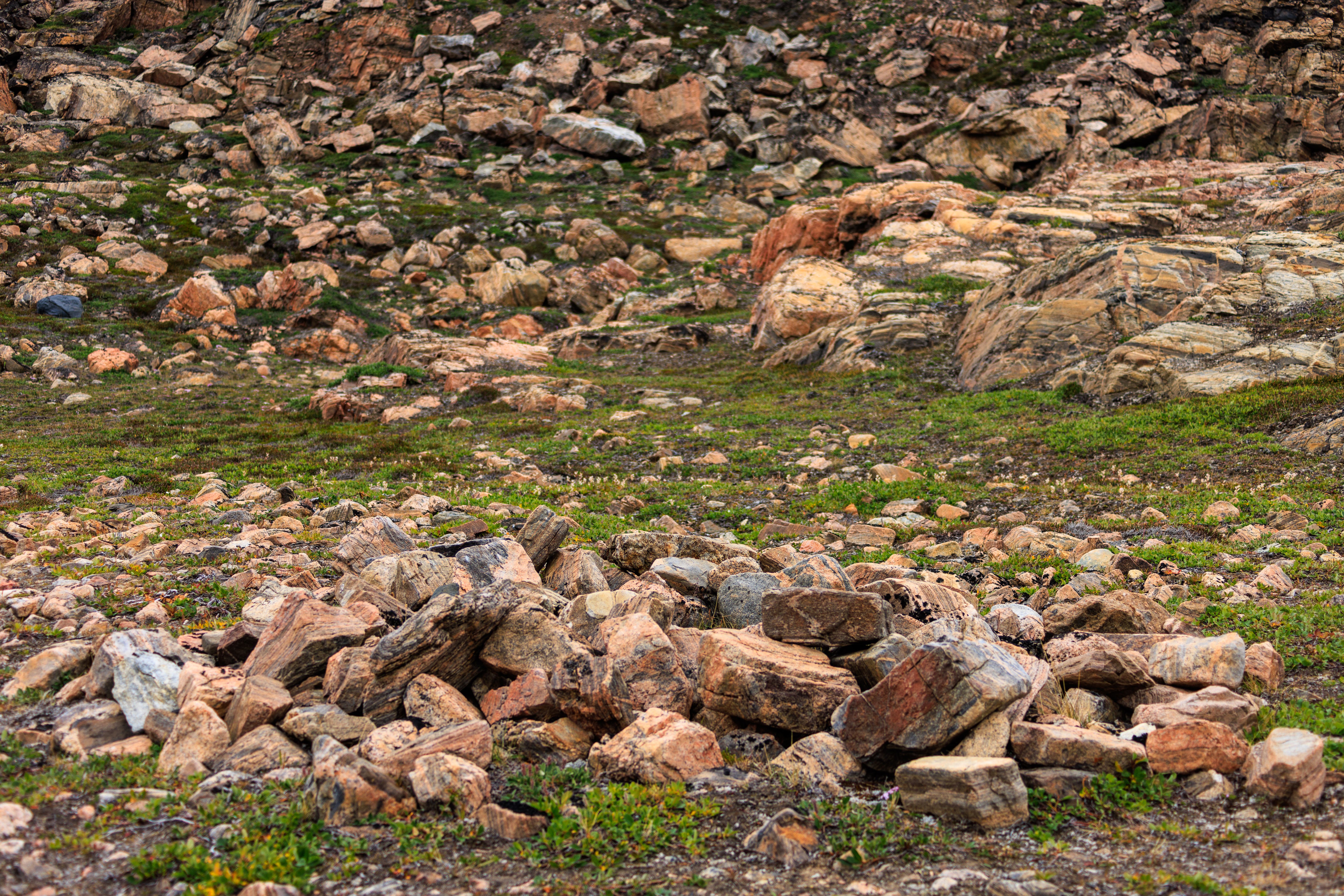Exploring Hakass: Greenland's Fermented Seal Meat Tradition
Introduction to Hakass
Greenland, a land known for its icy landscapes and indigenous cultures, holds a rich culinary tradition that might surprise many. Among its unique delicacies is Hakass, a fermented seal meat dish that has been a staple in Greenlandic communities for centuries. This traditional food not only provides sustenance but also plays a significant role in social and cultural gatherings.

The Cultural Significance of Hakass
Hakass is more than just a meal; it is a symbol of Greenland's heritage and resilience. The practice of fermenting seal meat has been passed down through generations, preserving a way of life that is closely tied to the natural environment. For many Greenlanders, preparing and consuming Hakass is an expression of cultural identity and communal ties.
In traditional Inuit communities, the preparation of Hakass is often a communal activity, involving multiple families working together. This collective effort reinforces social bonds and ensures that the knowledge and skills required to make Hakass are shared with younger generations.
The Process of Making Hakass
Creating Hakass is an intricate process that requires patience and precision. The preparation begins with the careful selection of seal meat, which is then cleaned and cut into strips. These strips are tightly packed into a sealskin and buried beneath rocks or stored in a cool place for several months to ferment.

The fermentation process is crucial as it alters the taste and texture of the meat, enhancing its flavor while preserving it for long periods. The result is a uniquely pungent and flavorful dish that is both nutritious and deeply satisfying.
The Nutritional Benefits
Hakass is not only culturally significant but also nutritionally beneficial. Seal meat is rich in protein and omega-3 fatty acids, which are essential for maintaining good health, especially in cold climates where fresh produce may be scarce. The fermentation process also makes the meat easier to digest, allowing the body to better absorb its nutrients.
Hakass in Modern Times
While Hakass remains a traditional dish, its role in contemporary Greenlandic society has evolved. Today, it serves as a connection to the past, reminding younger generations of their heritage. Additionally, it has gained interest from tourists seeking authentic cultural experiences.

In recent years, there has been a growing appreciation for traditional foods worldwide, and Hakass is no exception. Chefs and food enthusiasts are increasingly interested in exploring indigenous cuisines, bringing new attention to this unique Greenlandic delicacy.
Preserving Tradition
As Greenland continues to modernize, there is a concerted effort to preserve traditional practices like making Hakass. Educational programs and cultural festivals play a pivotal role in ensuring that these traditions are not lost to time. By teaching the younger generation the importance and techniques of preparing Hakass, Greenland ensures the survival of this cultural heritage.
These efforts highlight the resilience of indigenous communities in maintaining their cultural identity amidst global changes. By valuing and promoting traditional practices, Greenland contributes to the broader appreciation of cultural diversity worldwide.
Conclusion
Hakass stands as a testament to the resourcefulness and cultural richness of Greenland's people. This fermented seal meat tradition not only nourishes the body but also strengthens communal bonds and preserves a vital link to ancestral knowledge. As interest in indigenous cultures grows globally, Hakass offers a unique glimpse into the culinary practices that have sustained generations in one of the world's most challenging environments.
